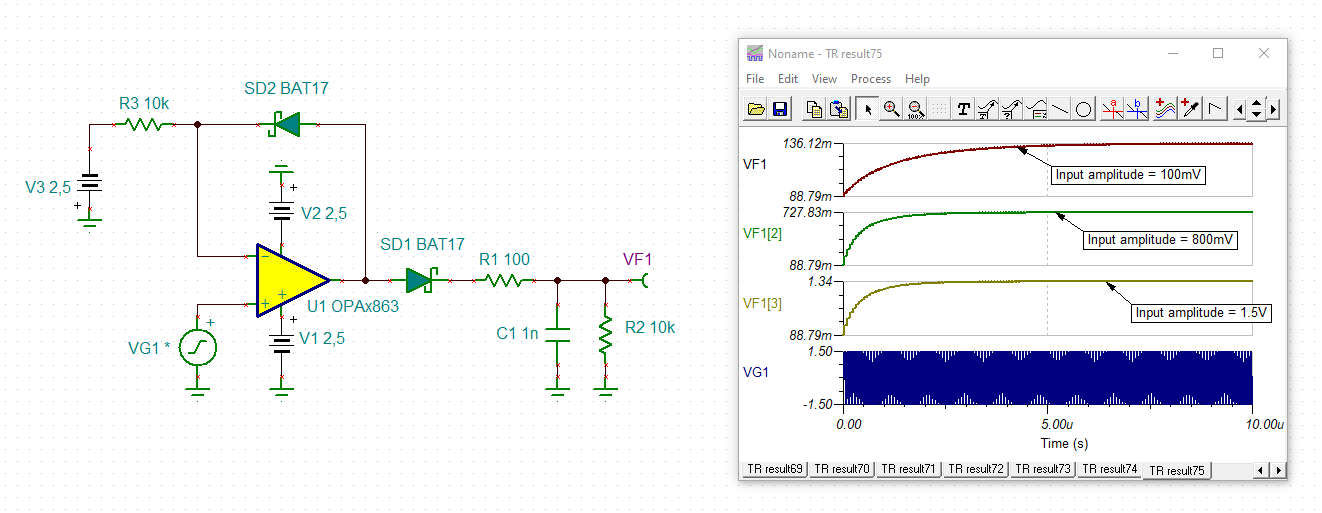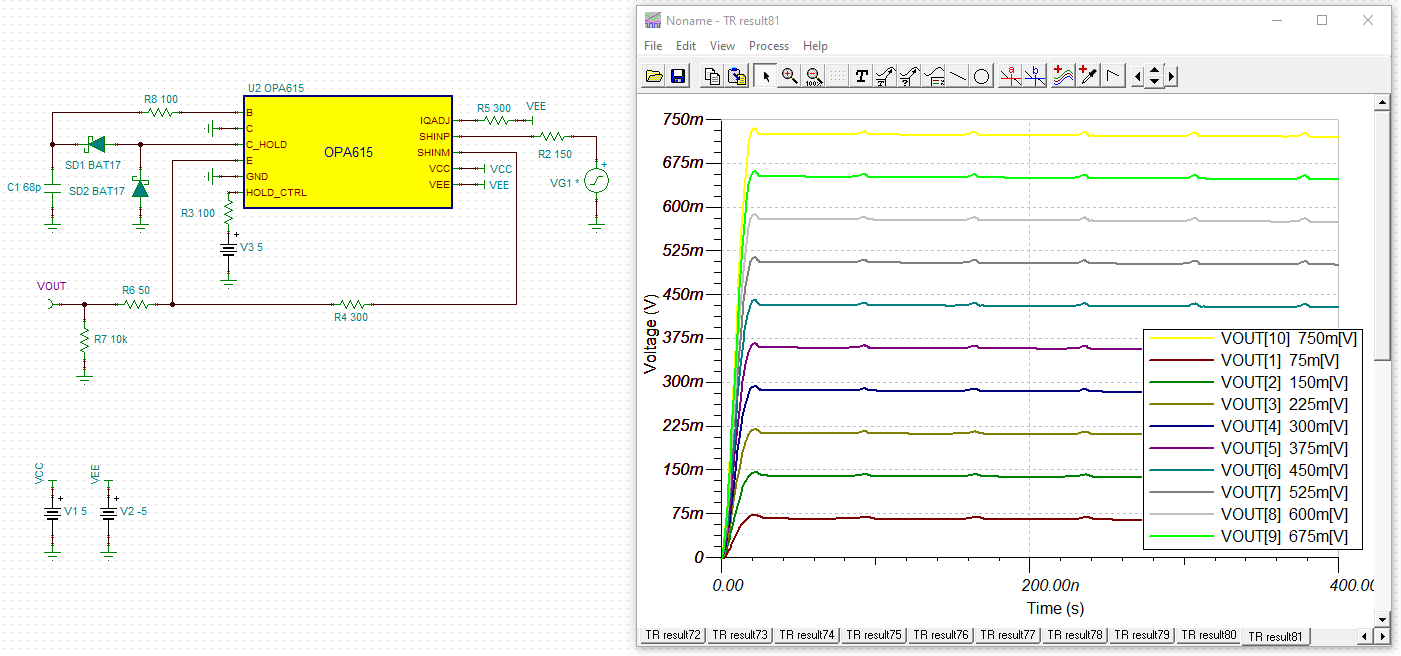Other Parts Discussed in Thread: OPA860, OPA615, , OPA2863
Hi Team,
Can you please help with this inquiry?
I would like to use OPAx863 for envelope detection of the NFC signal.
I found a schematic diagram (Fig. 9-3) in the datasheet but was confused with the input signal (-VBias)
Also, can I use the recommended circuit for envelope detection of the NFC signal (13.56MHz)?
Regards,
Danilo



